Search
Remove Ads
Advertisement
Summary 
Loading AI-generated summary based on World History Encyclopedia articles ...
Search Results
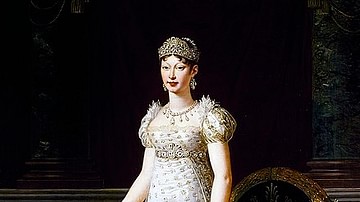
Image
Marie Louise of Austria, Empress of the French
Portrait of Marie Louise of Austria (l. 1791-1847), oil on canvas by Robert Lefevre, 1812. Daughter of Emperor Francis I of Austria, she was the second wife of French Emperor Napoleon I and was therefore Empress of the French from 1810 until...
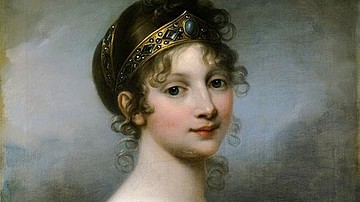
Image
Louise, Queen of Prussia
Portrait of Queen Louise (l. 1776-1810), consort of King Frederick William III of Prussia. The mother of a Prussian king and a German emperor, Louise was known for her beauty and for being a shrewd politician; she met with Napoleon to plead...
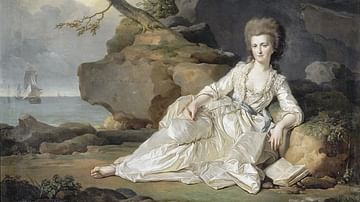
Image
Louise Marie Adélaïde de Bourbon
Louise Marie Adélaïde de Bourbon after her marriage to the Duke of Chartres (later Louis Philippe II, Duke of Orléans). Her eldest son would become Louis Philippe I, King of the French. Oil on canvas portrait by Joseph Duplessis, c. 1777...
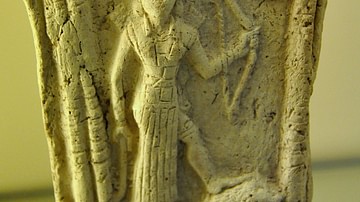
Definition
Ishtar
Ishtar (Inanna in Sumerian sources) is a primary Mesopotamian goddess closely associated with love and war. This powerful Mesopotamian goddess is the first known deity for which we have written evidence. While largely unknown in the modern...

Definition
Treaties of Tilsit
The Treaties of Tilsit were two peace treaties signed in July 1807 by Emperor Napoleon I of France (r. 1804-1814; 1815) and the monarchs of Russia and Prussia in the aftermath of the Battle of Friedland. The treaties ended the War of the...
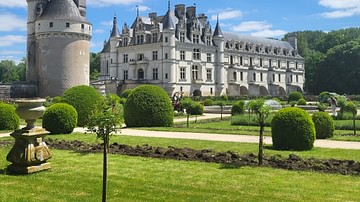
Definition
Château de Chenonceau
The Château de Chenonceau, picturesquely located astride the river Cher, in the Loire Valley town of Chenonceaux, France is a magnificent Renaissance-style building also known as le "Château des Dames" (the Ladies' Castle). Passing from hand...
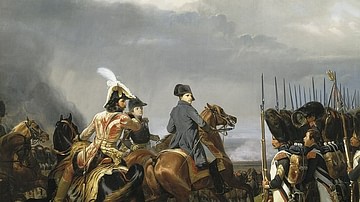
Article
Battle of Jena-Auerstedt
The twin battles of Jena and Auerstedt, both fought on 14 October 1806, marked a major turning point in the Napoleonic Wars (1803-1815). It saw the French Grande Armée, led by Emperor Napoleon I (r. 1804-1814; 1815) soundly defeat the Prussian...
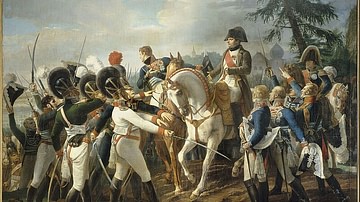
Definition
War of the Fifth Coalition
The War of the Fifth Coalition (1809) was a major conflict of the Napoleonic Wars (1803-1815) that was fought primarily in Central Europe between the First French Empire and its client states against the Austrian Empire, supported by the...
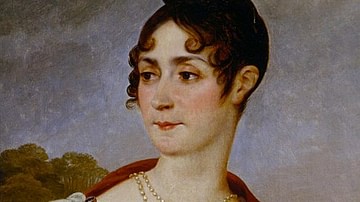
Definition
Joséphine de Beauharnais
Joséphine de Beauharnais (1763-1814) was a French noblewoman who was the first wife of Napoleon Bonaparte (1769-1821). She was therefore Empress of the French from 18 May 1804 until the annulment of her marriage on 10 January 1810, as well...
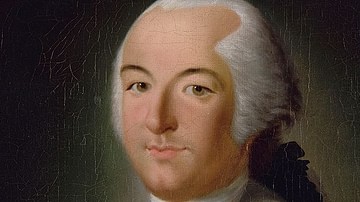
Definition
Louis Philippe II, Duke of Orléans
Louis Philippe II, Duke of Orléans (l. 1747-1793) was a French noble of royal blood. He was the head of the House of Orléans, a cadet branch of the royal Bourbon dynasty, and was a cousin of King Louis XVI of France (r. 1774-1792). Despite...